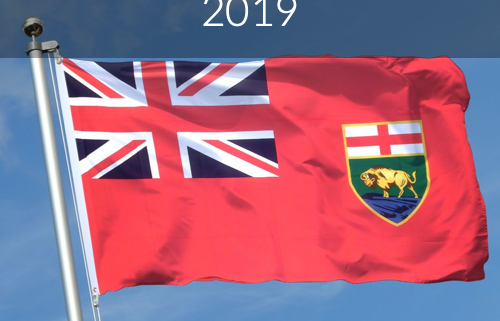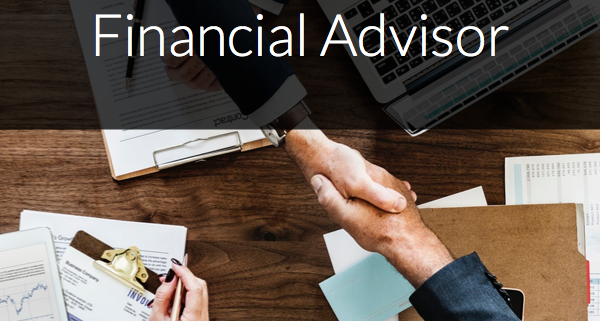The Best Way to Buy Mortgage Insurance
Before buying insurance from your bank to cover your mortgage, please consider your options. What does the insurance cover?
-
From the bank: only the balance of your mortgage
-
From us: whatever you need it to cover such as debts, line of credit
What happens as my mortgage balance decreases?
-
From the bank: the coverage amount decreases as your balance decreases.
-
From us: the coverage stays the same for as long as you own your policy
What if I switch banks?
-
From the bank: You might lose your coverage and need to reapply
-
From us: Your coverage stays the same, since it’s not tied to your mortgage
Who gets the benefit if I die?
-
From the bank: The Bank
-
From us: You decide who gets the insurance and how to use it, such as to pay your mortgage, medical expenses or child’s education- whatever is best for your family
Talk to us, we can help.

















